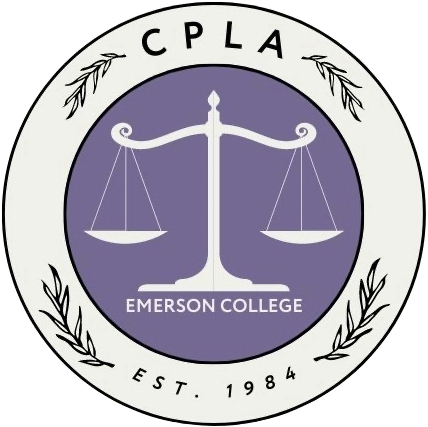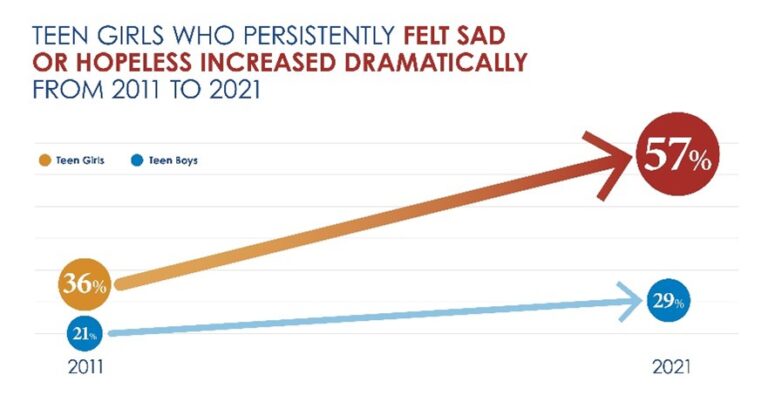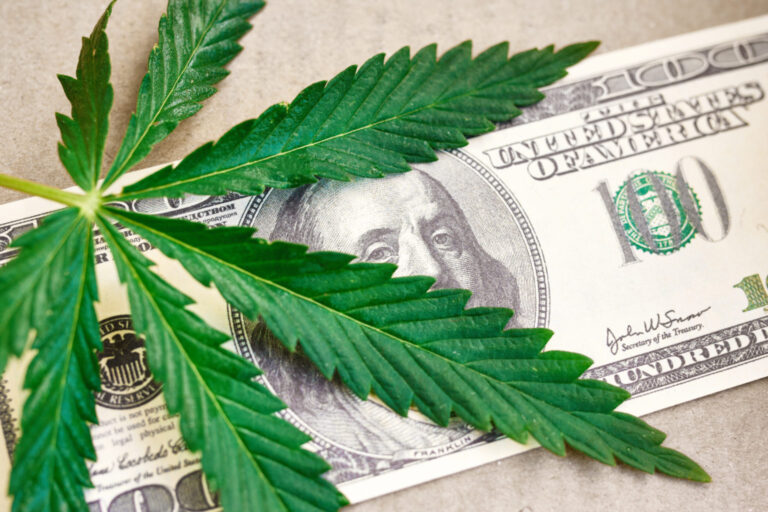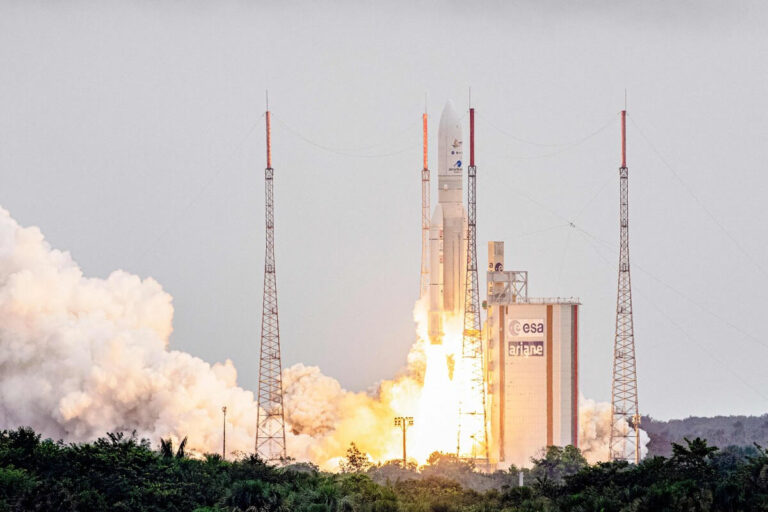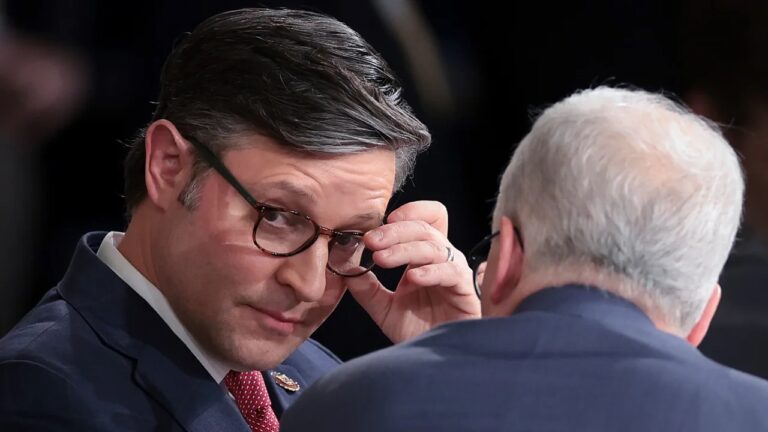WHY WE SHOULD STILL CARE ABOUT LAHAINA
Almost three months after the devastating fires in Lahaina, East Maui is about to be opened to the world again.
On August 8th, strong winds pushed down a Hawaii Electric powerline, creating an enormous fire that pushed the fire down the hill and throughout the town. With a death toll of 115 and a still existing number of 66 missing, over 2,000 structures destroyed, the town of Lahaina and Hawaii itself was left in a state of ruin.
Since then, the over 8,000 displaced people in East Maui have been struggling to rebuild. Living in hotels or other accommodations, many residents in the last week have been given the permission to return to their homes and see the damage. Toxic substances of arsenic and others in the ash have presented issues though for residents wanting to find belongings, and government officials have cautioned against sifting through the destruction. Nonprofit groups supporting residents as they return have provided masks, gloves, food and water to ensure their safety and health as they return to a place of great trauma.
As most of East Maui remains still in recovery, indigenous Hawaiians have started running community hubs that aimed to create support for the Lahaina community. Goods like water, canned foods, and toilet paper are made available to those in need here, as well as services. Massage therapists, acupuncture, and spa treatments have been shared for free among fellow survivors, showing once more the resilience and love the Hawaiian community has.
And yet, most Hawaiian residents still feel they are not ready for tourism to return to East Maui. In a town hall meeting September 25th, almost 95% of residents begged for more recovery time. 10,000 Hawaiian residents signed a petition delaying tourism’s return and what that may mean for many natives. “To the outside world, maybe two months seems like a long time, but you have to understand that so many of these people lost everything,” said Tamara Paltin, a council member representing West Maui to the Guardian. “And if you’re having to move every two weeks, if you don’t know where you’re going to live next month, you do not have the time to grieve and heal.” The impossibility of finding temporary housing has also made many locals reluctant to accept tourism’s re-entry. Lack of power and cell-service has made it extremely difficult for people to register with the federal agency, making it difficult for people to legally shelter in hotels. The Red Cross distributed letters in late September requesting families sheltering without registration to fix their status or leave their spot in the hotel, leaving many families struggling to maintain shelter. “How are we supposed to smile at tourists, let alone serve them, when so many of us still don’t have these basic things like housing?” said Trinette Furtado to the Guardian, a Lahaina local working with Maui Rapid Response.
Tourism and Hawaii have always had a complicated history, exacerbated by the state’s struggles with colonialism. Since American colonial rule, Hawaiian culture and survival has come at the cost of sexualization, idolization, dehumanization and much more in touristic ventures. Hawaiian history, as exemplified by hula among other things, has been taken down and adapted to fit more palpable American audiences and tourists who wish a simplified and joyful experience. This history with tourism has not created a friendly relationship among native Hawaiians and those who come to visit the state. However, these feelings have not improved under the past several months.
Community-run hubs were soon discovered and overrun by Hawaiian tourists, frustrated by the treatment residents were getting for free. Several tourists harassed workers, asking them why they were being put second about people who lived here all the time, and demeaned workers. Many natives feel that this type of harassment would only continue once the doors are fully open to Maui, and would increase the amount of struggle refugees are currently experiencing.
The Hawaiian government has since changed the date of October 8 from a complete reopening to a staged effort, the first stage starting on that date. Is this in reality better, or simply a reframing of what they were going to do anyway?
